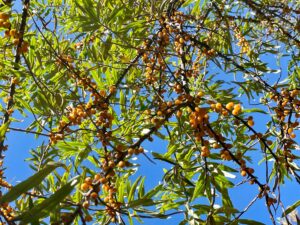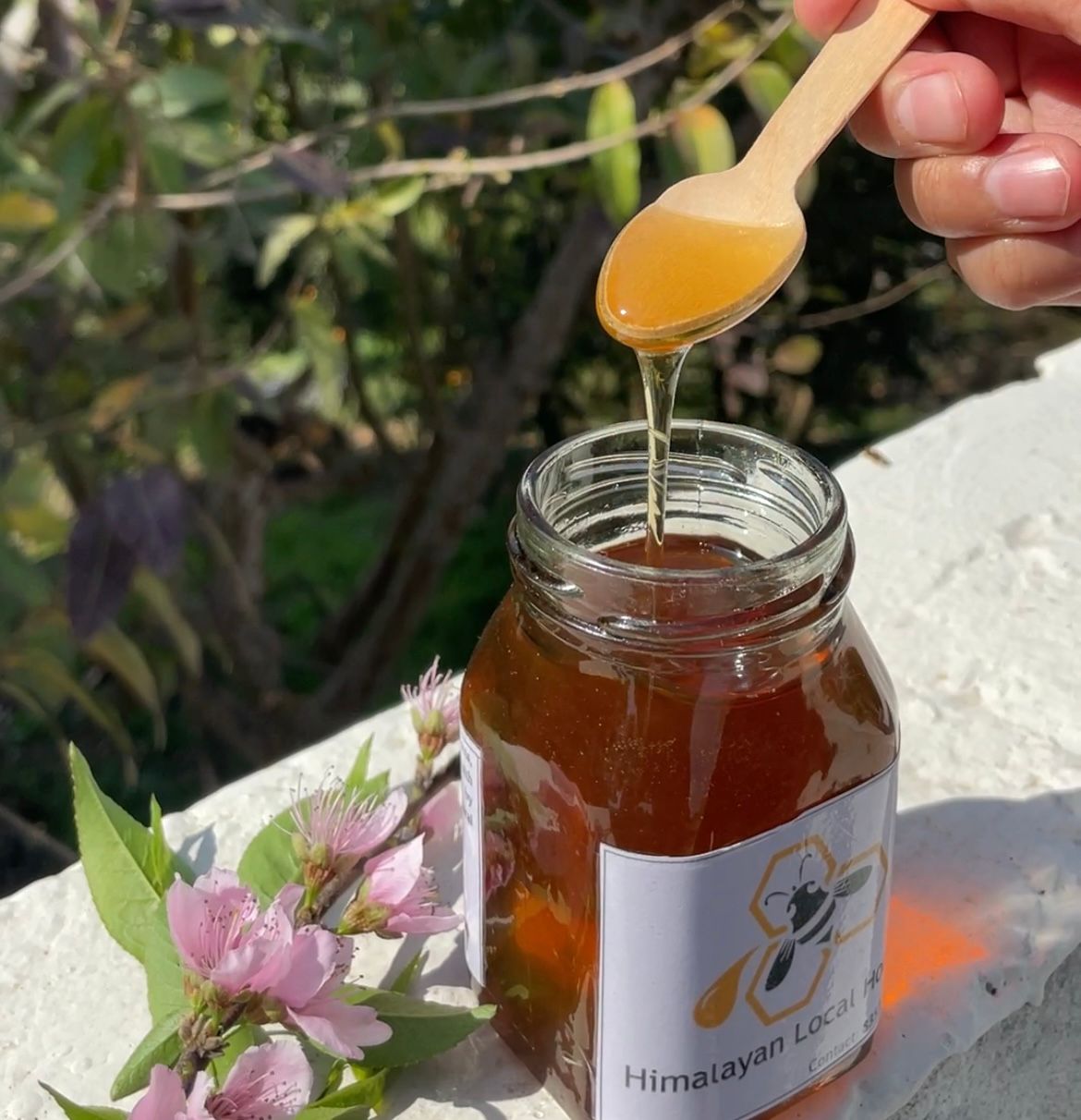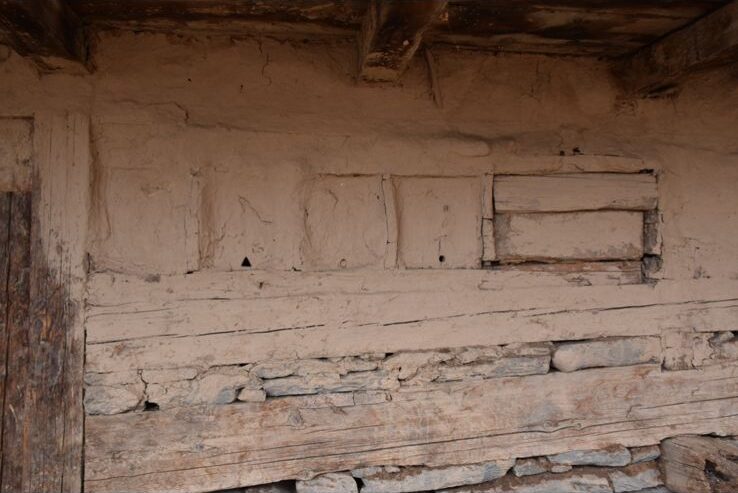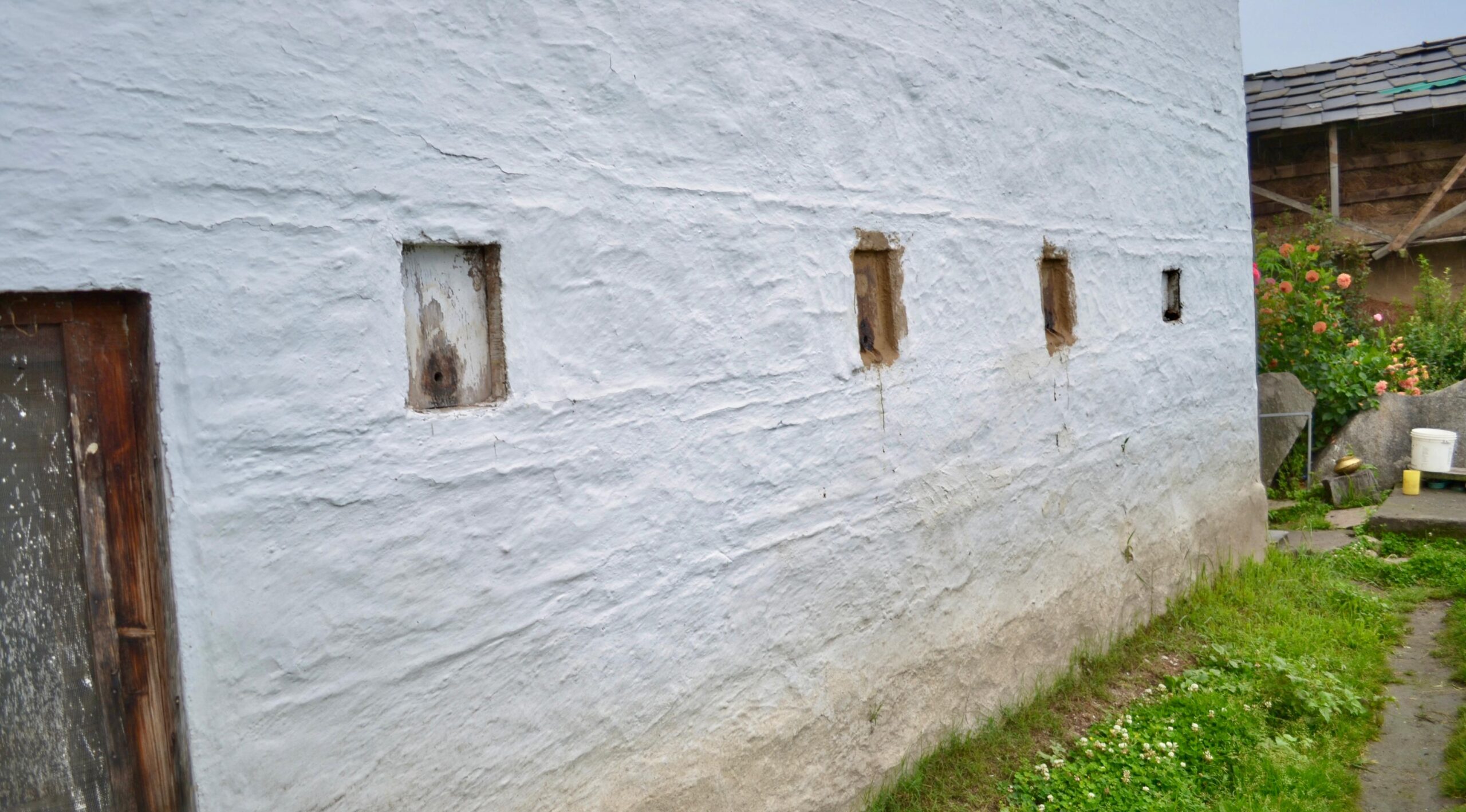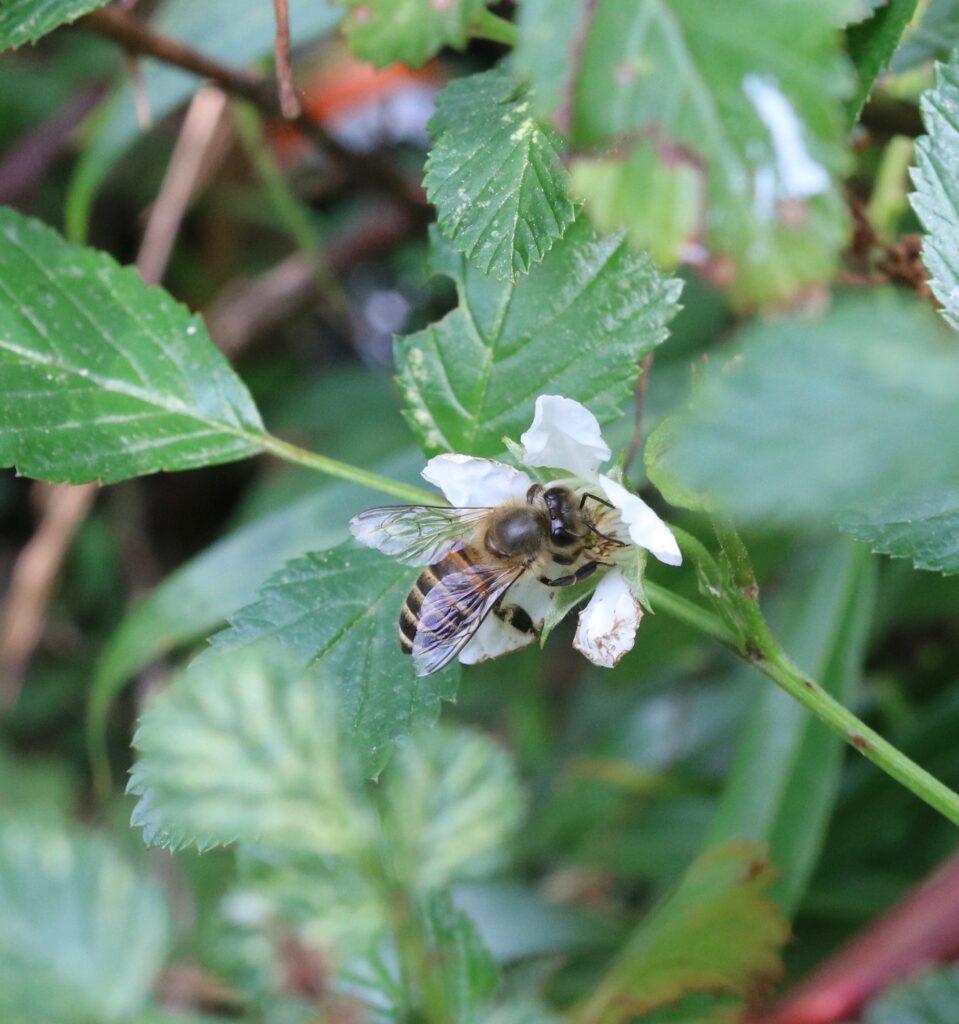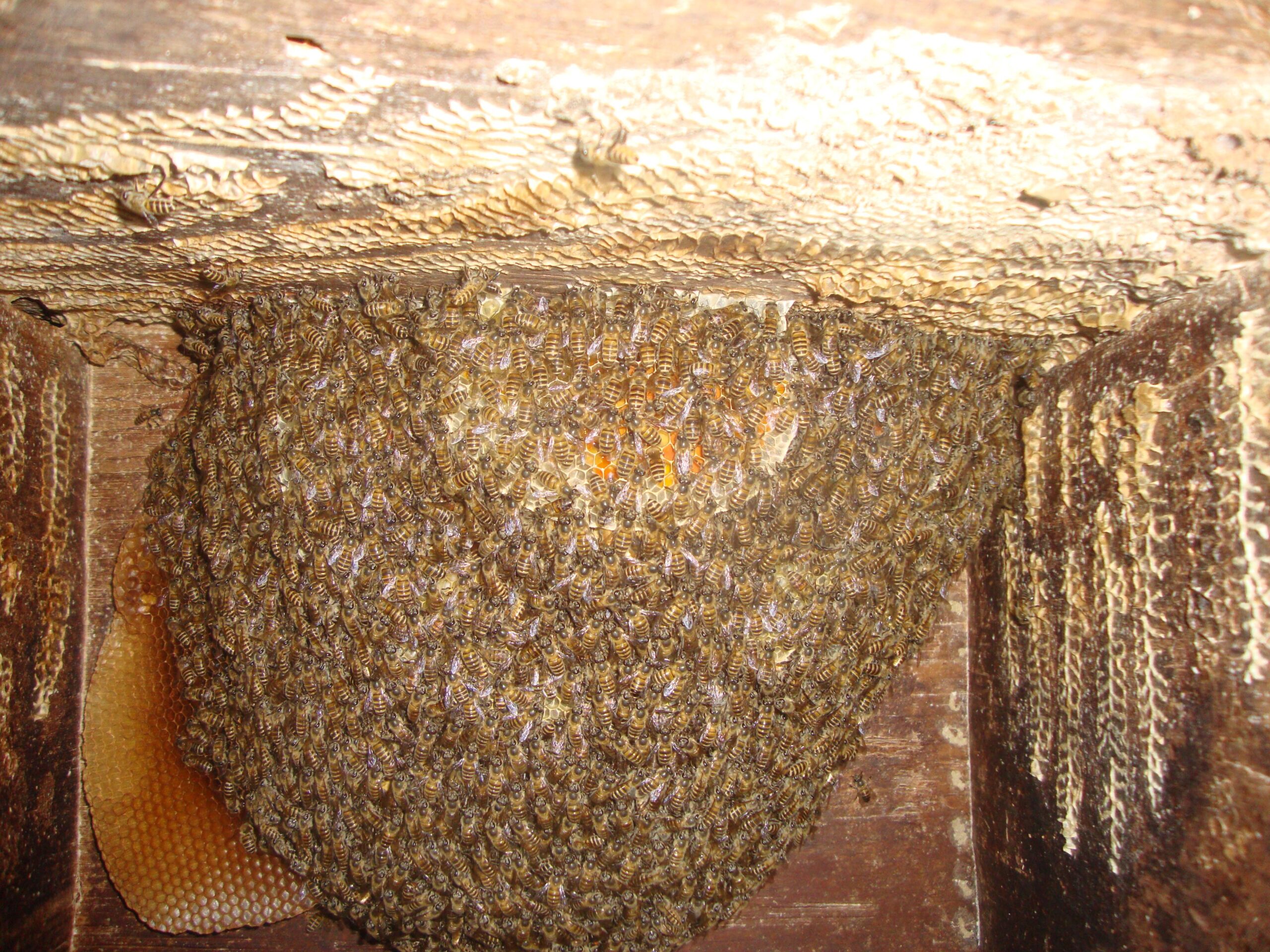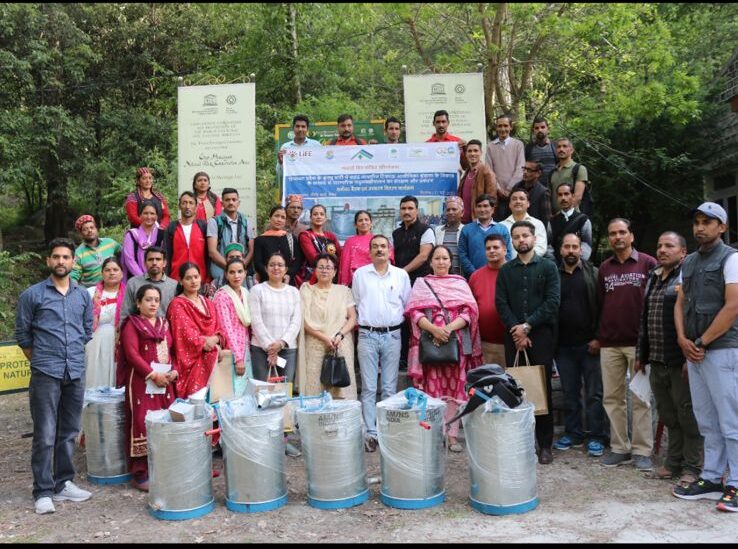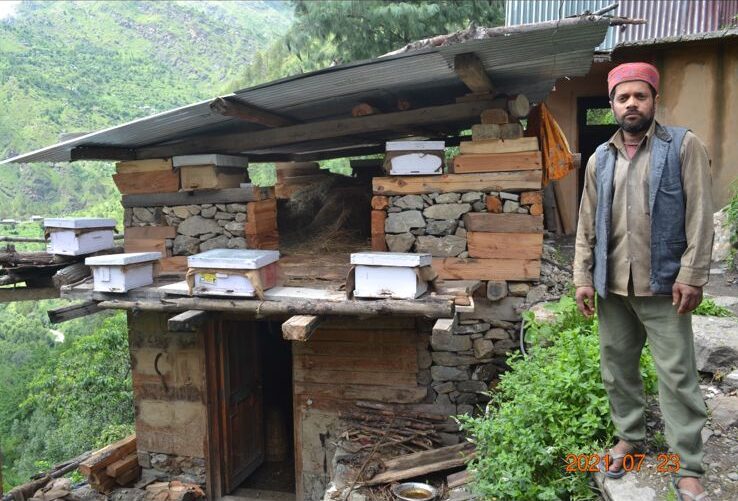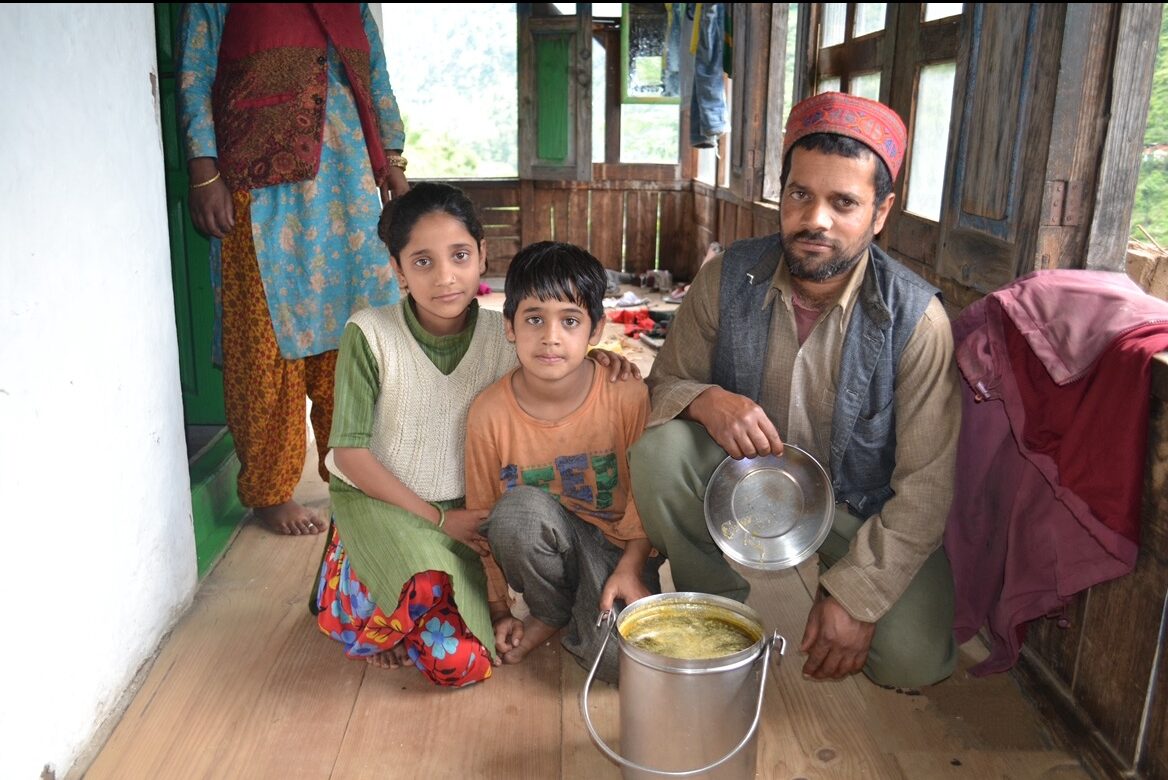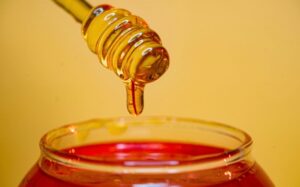In the serene mountains of Tirthan Valley in Kullu, a unique practice is yielding
results that not only promote environmental conservation but also generate a source
of livelihood for local farmers. The practice is honey production. One might wonder
how this differs from normal honey production elsewhere.
Honey, as a food item, has been in use for thousands of years, and the local people
of the hills have been rearing bees inside their traditionally built mud houses, where
bees live alongside humans in a symbiotic relationship. With changes in lifestyle,
people moved to concrete-based houses, where there is no space for bees. Rapid
deforestation and increased use of chemicals in the fields have led to a decline in the
native bee population over the past few decades. Without bees, there can be no
pollination, and without pollination, there can be no plant growth.
At this critical time, the joint effort by the regional center of the GB Pant National
Research Institute of Himalayan Environment and Sustainable Development,
located at Mohal, Kullu, along with the support of NABARD, devised a scheme to
promote honey production by locals of Tirthan Valley in Kullu. This was not an
office-run program; rather, it was an effort involving specialists and locals, aiming to
produce honey from native varieties of bees, & Apis Cerana'.
Locals of Tirthan valley being given demonstration and training by experts of GB Pant institute, Mohali.
In India, honey production predominantly involves two types of bees – Apis Mallifera
and Apis Cerana. Cerana, a native Indian species, thrives in the country's diverse
climatic conditions, especially in hilly regions. Conversely, Mallifera was introduced
to India from Italy.
While Cerana, commonly known as maau, yields a smaller quantity of honey
compared to its foreign counterpart, its honey is revered for its superior quality.
Cerana requires minimal maintenance and forages on a wide array of flowers,
resulting in the production of nutritious multifloral honey. On the other hand, Mallifera
is better suited for large-scale agriculture and monoculture crops, demanding
intensive care and management that may be impractical for hill farmers.
Moreover, local honeybees, such as Cerana, serve as excellent pollinators, a vital
aspect for fruit production in hilly terrains. Considering these factors, native bee
species were selected for the project, as they have long been integral to hillside
beekeeping practices.
The project spans across several villages nestled within the pristine environs of
Tirthan Valley in Kullu, renowned for its unspoiled natural beauty. NABARD, the
funding agency behind the initiative, supplied the necessary boxes and equipment to
local participants. Concurrently, the regional centre of the GB Pant Institute, situated
in Mohal, Kullu, offered invaluable guidance and training to the villagers.
Traditionally, locals have been nurturing bees in their homes or nearby surroundings
using traditional methods like Log Hive and Wall Hive. However, these methods
typically yield lesser honey compared to modern techniques. Through the adoption
of contemporary methods, honey production has seen a significant increase, with the
added benefit of a more hygienic approach to honey collection that also ensures the
well-being of the bee colonies.
Fresh pure honey of Tirthan valley being procured from Locals
While many honey varieties available in the market claim to be pure and natural, the
reality is often quite different. They are often heavily processed or tainted with
chemicals. In contrast, the honey offered here is sourced directly from local hill
communities. These honey producers undergo training to ensure that the harvesting
process minimally impacts the bees.
“Great care is taken to leave a significant portion of honey within the frames
inside the box, providing sustenance for the bees during periods of no
flowering, particularly in the harsh winters.”
